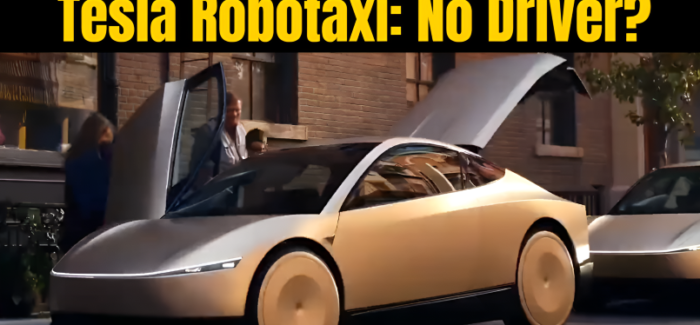Would You Ride a Tesla Robotaxi? What You Need to Know
The idea of self-driving cars and Robotaxis once felt like science fiction, but Tesla is turning that vision into reality faster than most expected. Within the next 5 years, autonomous Tesla Robotaxis may be as common as smartphones on the road. These vehicles are not just a bold step in transportation—they are a massive shift in how we live, work, and move around.
Tesla’s approach to full self-driving and the future of Robotaxis relies heavily on artificial intelligence and vision-based systems. Instead of using laser-based systems like LIDAR, Tesla’s vehicles are designed to understand the world the same way humans do—with cameras and neural networks. Roads were created for human eyes and brains, not lasers. That is why Tesla insists that vision, powered by artificial intelligence, is the most natural and effective way forward.
Multiple redundant sensors often create conflicts in data, leading to confusion and mistakes—exactly what Tesla aims to avoid. By focusing on cameras and artificial intelligence, Tesla is making its vehicles smarter and safer. In fact, the Model 3, Model Y, Model S, and Model X rolling off the factory lines today already have all the hardware needed for unsupervised full self-driving. That includes being ready to operate as a Robotaxi.
Tesla is not just working on cars—it is building the backbone of a future Robotaxi network. The artificial intelligence software keeps evolving rapidly, and Tesla’s custom-built inference chip is among the best in the world. With every software update, the cars get better, learning from millions of miles driven in real-world conditions. This exponential growth is what makes the Tesla Robotaxi vision so realistic.
Tesla’s commitment to safety is unwavering. The goal is not just to match human driving but to exceed it significantly—aiming to make Robotaxis ten, twenty, even thirty times safer than human drivers. These vehicles are already capable of navigating from the end of the assembly line, parking themselves, and eventually, they will drive directly to the customer’s location with zero human input.
Later this year, Tesla expects its first Model Y to drive from the factory to the buyer entirely on its own. That is more than impressive—it signals the launch of a true Robotaxi future.
Tesla’s vision extends beyond individual convenience. It is about building a world of sustainable abundance where mobility is cleaner, faster, more affordable, and entirely powered by intelligent systems. Between full self-driving and humanoid robots like Optimus, Tesla is paving the way for a future that will redefine transportation altogether—and Robotaxis are right at the center of that transformation.
The future is not coming—it is already here.


Submit a Comment